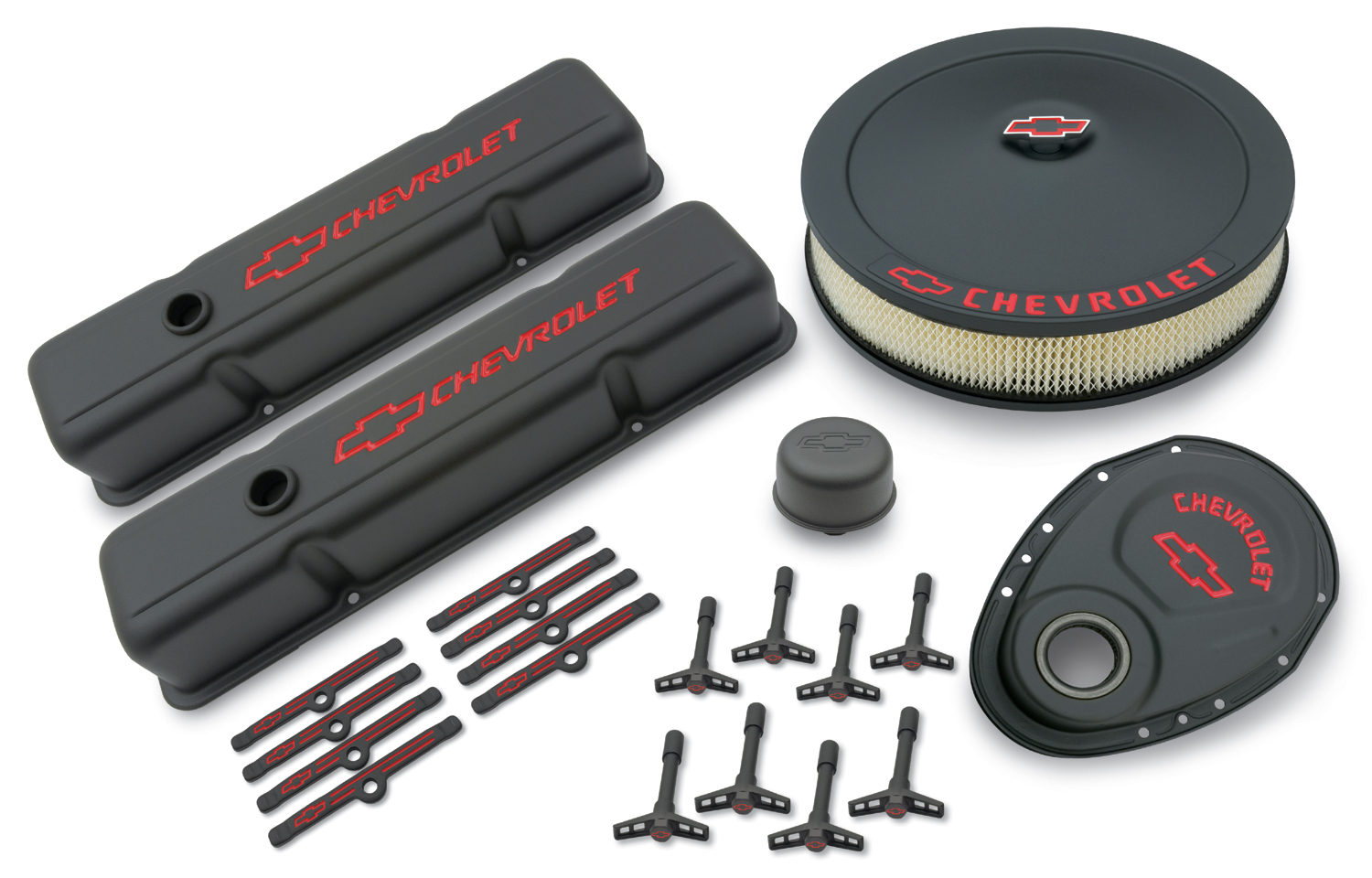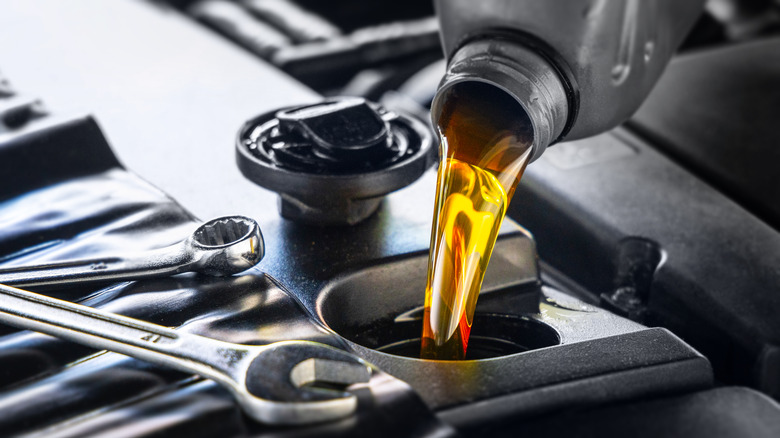In the realm of high-performance automotive engines, LS engines have emerged not only as a technological marvel but also as a cornerstone of the enthusiast community. This article explores the evolution of LS engines, their impact on performance cars, and the essential components that define their reputation. From their initial introduction to their current status as a symbol of engineering excellence, LS engines have continually pushed the boundaries of what is possible in automotive performance, capturing the hearts of car enthusiasts worldwide.
Table of Contents
The Genesis of LS Engines
General Motors introduced the LS engine series in the late 1990s as a replacement for the aging small-block V8 engines. The LS engines represented a leap forward in design and technology, incorporating lightweight materials, advanced engineering, and a compact architecture that made them suitable for a wide range of vehicles. These engines quickly gained a reputation for their reliability, versatility, and performance, becoming a favorite among car enthusiasts and professionals alike. With their impressive power-to-weight ratio and fuel efficiency, LS engines set a new standard in the automotive industry.
Key Innovations of LS Engines
One of the standout features of LS engines is their all-aluminum construction, which significantly reduces weight compared to traditional cast iron blocks. This weight reduction not only improves vehicle dynamics but also enhances fuel efficiency and performance. Moreover, LS engines utilize a deep-skirted block design and six-bolt main caps for added strength and durability, crucial for handling high levels of power and torque.
LS Engine Variants and Applications
Over the years, the LS engine family has expanded to include a variety of displacements, configurations, and performance levels to suit different applications. From the versatile LS1 and potent LS3 to the supercharged LS9 and race-bred LS7, each variant offers unique characteristics tailored to specific performance needs. These engines have become popular in the aftermarket world for their reliability, power potential, and ease of modification, making them a favorite choice among car enthusiasts and racers looking to enhance their vehicles’ performance.
Popular LS Engine Variants
- LS1: Introduced in the 1997 Corvette, the LS1 was the first of the LS engines and set the foundation for its successors. With features like aluminum heads and sequential fuel injection, the LS1 quickly became renowned for its performance potential and reliability.
- LS3: The LS3 engine, introduced in 2008, is celebrated for its 6.2-liter displacement and robust power output. With enhancements such as high-flow cylinder heads and a revised intake manifold, the LS3 delivers impressive performance straight from the factory and remains a popular choice for aftermarket modifications.
- LS7: Known for its use in the Corvette Z06, the LS7 is a high-revving, naturally aspirated engine designed for track performance. It features a lightweight aluminum block, titanium connecting rods, and CNC-ported cylinder heads, making it capable of producing over 500 horsepower in its stock form.
Performance Enhancements and Aftermarket Support
What sets LS engines apart is not just their engineering excellence but also the extensive aftermarket support available. Enthusiasts can easily enhance the performance of their LS-powered vehicles with a plethora of aftermarket parts and upgrades.
Essential Performance Enhancements
- Crankshafts: Upgraded crankshafts, often forged from high-strength steel, are essential for handling increased power and improving engine durability under high-performance conditions.
- Camshafts: Performance camshafts with aggressive profiles can optimize valve timing, improving airflow and maximizing power output across the RPM range.
- Exhaust Systems: A high-performance exhaust system enhances engine efficiency by reducing backpressure and increasing exhaust flow, resulting in improved horsepower and a more exhilarating exhaust note.
The Legacy and Future of LS Engines
As LS engines continue to evolve, they remain at the forefront of automotive performance, driving innovation and pushing the boundaries of what’s possible in a production engine. Whether powering a street-legal sports car or a purpose-built racing machine, LS engines embody a blend of power, reliability, and adaptability that has solidified their status as icons of modern automotive engineering.
Conclusion
The journey of LS engines from their inception to their current dominance in the realm of performance cars is a testament to General Motors’ commitment to innovation and excellence. With each new variant and technological advancement, LS engines continue to redefine expectations and inspire enthusiasts worldwide. Whether you’re a seasoned enthusiast or new to the world of high-performance engines, exploring the evolution and capabilities of LS engines is a journey worth taking, promising a thrilling ride on the road and on the track alike.












